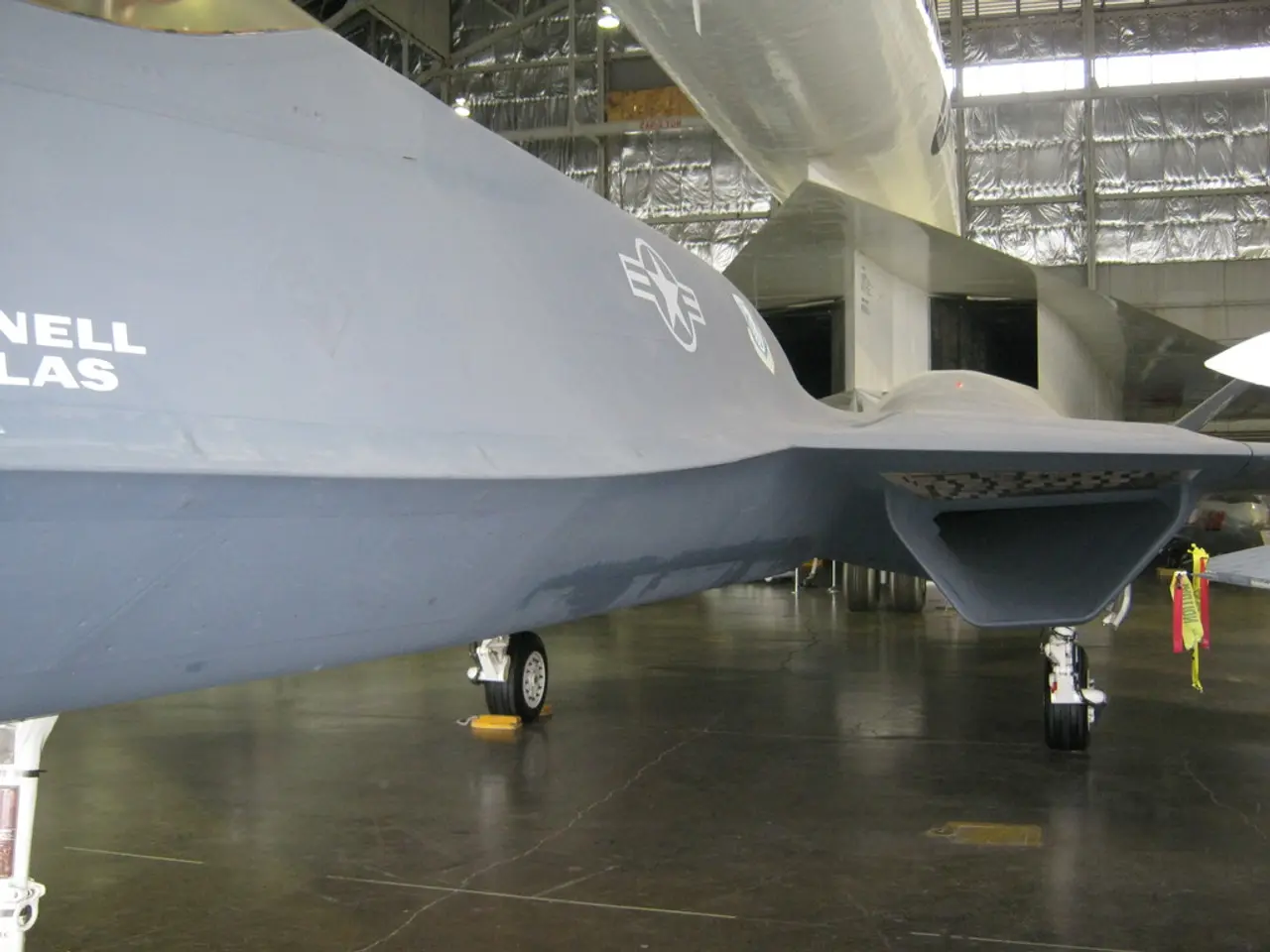Airline Safety Ratings: Explanation and Evolution of Scoring Mechanisms
In the world of aviation, safety remains paramount. Airline Ratings, a globally respected authority on airline safety, has announced updates to its criteria for determining the World's Safest Airlines. The changes aim to reflect the realities of modern air travel more accurately, incorporating new factors such as airline policies around onboard lithium batteries, safety videos, and the use of advanced safety monitoring tools.
Founded in 2012 by aviation expert Geoffrey Thomas and his wife Christine, Airline Ratings' safety ratings have become the gold standard for travellers seeking a safe flying experience. The ratings are based on real-world performance and strict criteria, focusing on three core pillars: pilot-related safety incidents, fatal accidents in the last 10 years, and international safety audits.
The ratings system, a 7-star system, awards each star based on strict criteria. For instance, if an airline has had no serious pilot-related incidents, it earns three stars. However, if incidents are present, the airline receives between zero and two stars depending on severity and frequency. Similarly, if an airline has had a fatal crash involving passengers or crew within the last decade, it loses three stars. Exceptions are made for accidents due to terrorism, hijacking, pilot suicide, or events clearly not the airline’s fault.
Airline performance in major international safety audits, such as IOSA, ICAO, EU airline bans, and FAA safety ratings, is also considered in the ratings. Airlines and their home countries must meet these international safety standards.
In addition to these core pillars, Airline Ratings considers the age and size of the airline’s fleet, historical safety records, quality of pilot training programs, and financial stability. Airlines failing IOSA certification or involved in unresolved safety incidents are excluded from high safety rankings.
Airline Ratings believes that safety should be something visible, recognised, and celebrated. The goal is to help travellers feel more informed and confident when choosing an airline. Over the years, many large, well-known airlines have moved to better safety practices because of Airline Ratings.
In an industry where trust and reliability are crucial, Airline Ratings checks and updates the safety ratings more frequently throughout the year to reflect changes in an airline’s safety performance. For instance, an airline like EasyJet (UK), which hasn’t completed IOSA but has had no crashes in its 30-year history, still earns the star because its safety record speaks for itself.
As we move forward, Airline Ratings continues to work even more closely with airline partners to promote safety, support best practices, and honour the extraordinary work being done in commercial aviation every single day. Air travel remains the safest form of transportation, and with Airline Ratings' rigorous safety ratings, travellers can fly with confidence and peace of mind.
References: [1] AirlineRatings.com (2021). About AirlineRatings.com. Retrieved from https://www.airlineratings.com/about/ [2] Thomas, G. (2018). The World's Safest Airlines 2018. Retrieved from https://www.airlineratings.com/news/worlds-safest-airlines-2018/ [3] Thomas, G. (2019). The World's Safest Airlines 2019. Retrieved from https://www.airlineratings.com/news/worlds-safest-airlines-2019/ [4] Thomas, G. (2020). The World's Safest Airlines 2020. Retrieved from https://www.airlineratings.com/news/worlds-safest-airlines-2020/
Airline Ratings' updates to its safety criteria underscores the importance of safety in airline news, reflecting the desire for higher standards in airline safety ratings. With an incorporation of new factors such as lithium battery policies, safety videos, and advanced safety monitoring tools, the ratings system aims to create a more accurate representation of modern airline lifestyle and travel safety.




